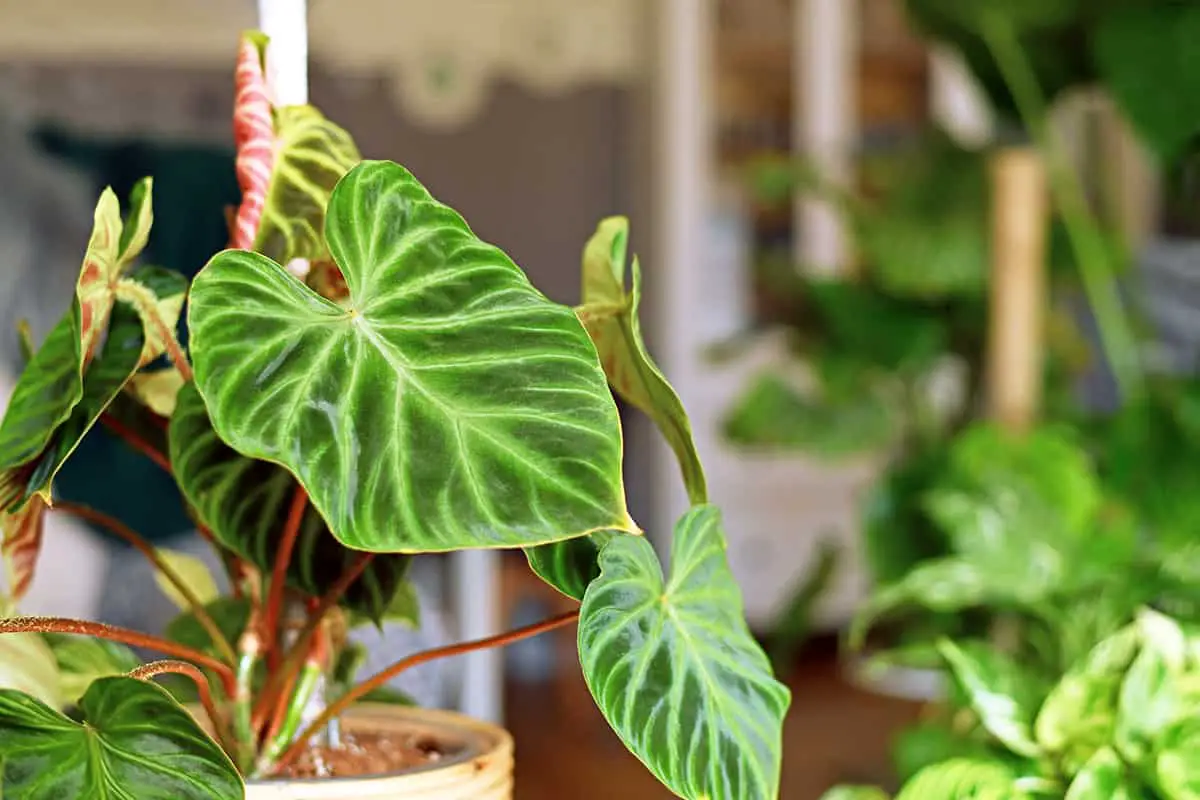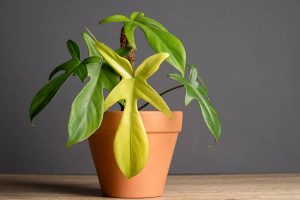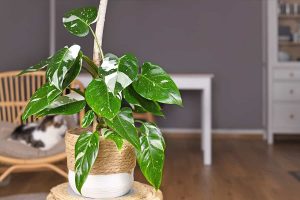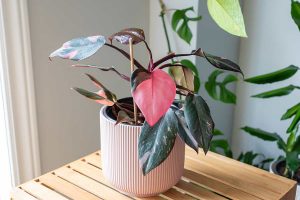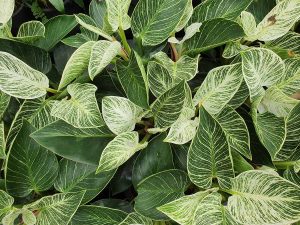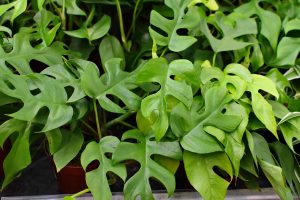Table of Contents
Light
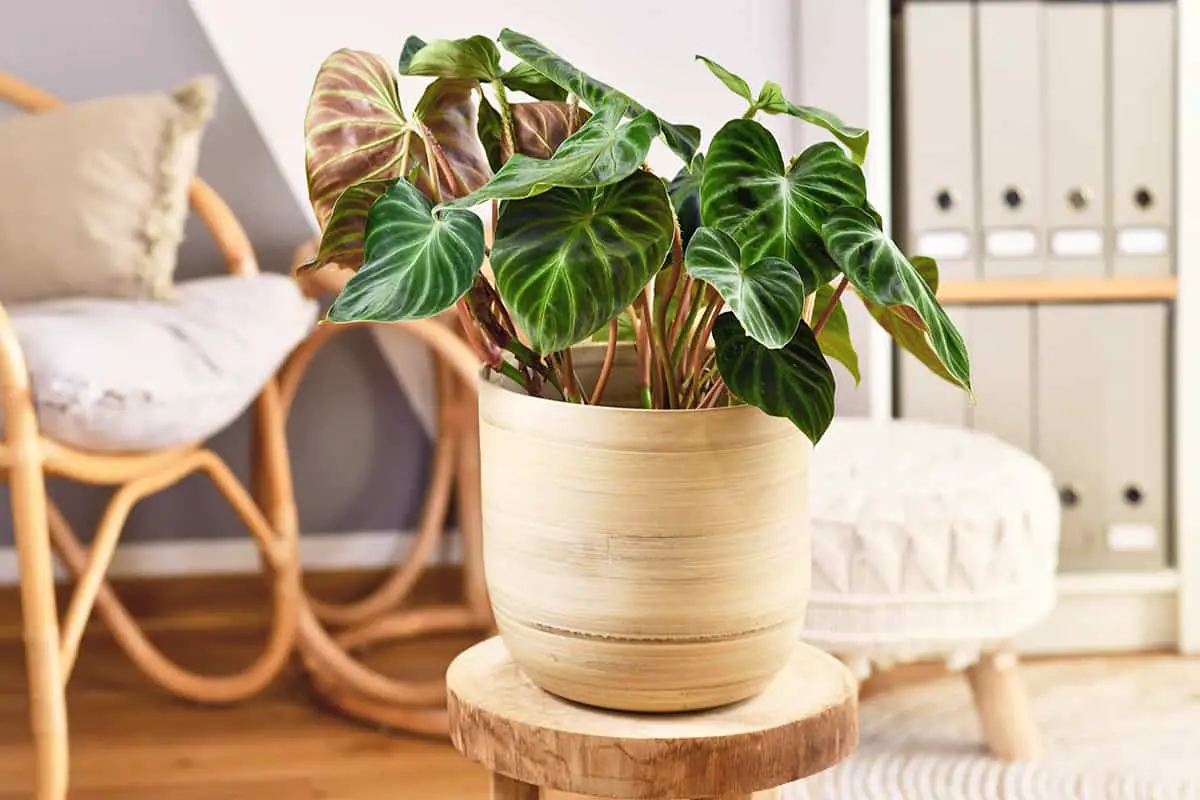
Philodendron verrucosum thrives under bright, indirect light. Your plant will grow well near an east-facing window. Here, it receives gentle morning sunshine without harsh midday rays. Direct sunlight can scorch the leaves, leaving them with unsightly marks.
If you notice the leaves turning yellow, consider this a sign. It likely means your plant is getting too much light. Move it to a spot with less direct exposure. On the other hand, if growth seems slow and the stems elongate, it may require more light.
Artificial growing lights offer a good alternative, especially in regions with less natural light. Ensure you position the lights properly, providing enough coverage but not too close. This setup keeps your philodendron happy even without ample sunlight.
Soil
Choose a soil mix that drains well while retaining some moisture to avoid waterlogging. Aim for a blend high in organic matter such as peat or coir, which can hold nutrients effectively.
Make the soil airy and porous by adding perlite or vermiculite. This ensures your plant’s roots receive enough oxygen. The ideal pH for the soil is slightly acidic, around 5.0 to 6.0. You can achieve this with a specific potting mix or by adjusting your existing soil.
Regular potting soil alone can lead to compacting. This can suffocate your plant’s roots. To prevent this, always mix in materials that boost drainage and aeration.
Watering
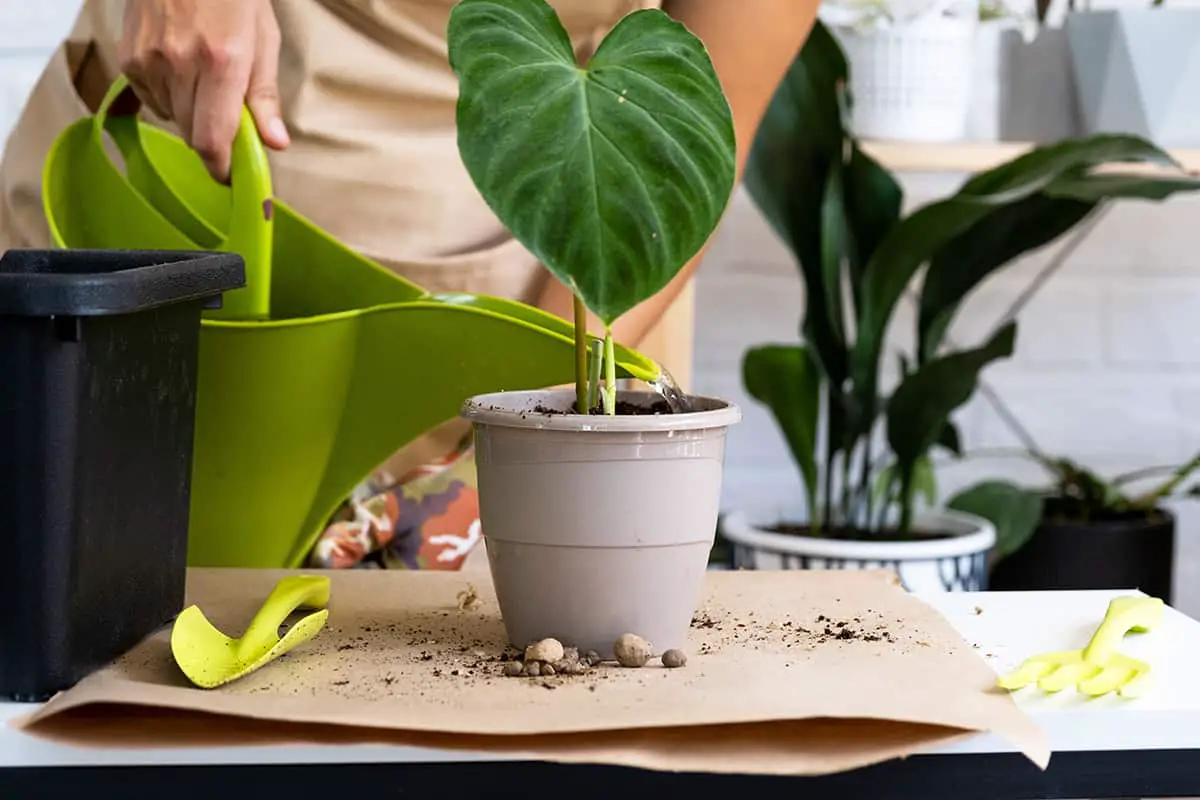
Ensure your plant receives a consistent amount of water. This species prefers an evenly moist environment. You must check the soil before watering. When the top inch of the soil feels dry to the touch, it’s time to water your Philodendron verrucosum.
It’s important to avoid overwatering, which can lead to root rot. Your Philodendron verrucosum should not sit in waterlogged soil. If water collects in the saucer beneath the pot, empty it regularly. During the growing season of spring and summer, you may find your plant needs more frequent watering as it actively grows.
As the seasons change to fall and winter, reduce your watering schedule. The plant’s growth slows in cooler temperatures, so it needs less water. Monitor the soil moisture levels more closely during this time to prevent overwatering.
Remember that your indoor environment affects how often you need to water. Homes with dry air may require you to water more often than homes with higher humidity.
Temperature and Humidity

For optimal growth, your Philodendron Verrucosum needs a warm and humid environment. Aim to maintain indoor temperatures between 65°F and 80°F. This range keeps your plant comfortable and supports its health. Philodendrons do not tolerate cold well, so avoid placing them in drafty areas or spots prone to sudden temperature drops.
Humidity is equally crucial for your Philodendron Verrucosum. These plants thrive in high humidity conditions. If possible, maintain a humidity level of at least 60%. Use a humidifier or place a water tray near the plant to increase moisture in the air. In dry climates, regular misting can also help achieve desired humidity levels.
Keep your plant away from vents and heaters. These can reduce humidity and create hot, dry conditions that can stress your Philodendron Verrucosum. By controlling temperature and humidity, you ensure the lush growth of your plant.
Fertilizer
Your Verrucosum needs a balanced fertilizer. Look for a mix that has a ratio close to 3-1-2 or 2-1-2. Apply this once or twice a month, primarily during the active growing seasons of spring and summer. It is crucial to avoid over-fertilizing, as this can harm your plant’s roots and overall health.
For the best growth, ensure the fertilizer application is light. This encourages your Philodendron Verrucosum to develop lush, green foliage. If you observe any salt buildup on the soil surface, flush the soil with water to prevent potential damage to the roots.
When the plant growth slows down in the fall and winter, you should reduce the frequency of fertilizing. During these less active months, your plant’s nutritional requirements decrease. Maintain this adjusted feeding schedule until the growing season resumes.
Propagation
You can propagate the plant from stem cuttings. First, cut a stem six inches in length. It should have one or two nodes. Nodes are points on the stem where leaves are or were attached. Removing lower leaves is necessary.
After cutting, you have two options: water or soil propagation. For water propagation, place the cutting in a jar filled with water. Make sure the nodes are submerged. Change the water every few days to keep it fresh. Roots will develop in a few weeks.
For soil propagation, prepare a potting mix. The mix should be well-draining. Perlite is often used to increase drainage. Plant the cutting in the mix, making sure the nodes are buried. Water the cutting and keep the soil consistently moist. Roots and new growth will show with proper care.
Maintain warmth and humidity for best results. A temperature range of 65 to 80 degrees Fahrenheit is ideal. Place the pot in indirect sunlight. Root growth is quicker with higher humidity, but this plant tolerates lower humidity levels as well.
Pruning
To manage your Philodendron verrucosum, regular pruning is essential. Focus on removing dead or yellowing leaves. This promotes healthier growth and improves air circulation. Begin by sterilizing your cutting tools. Clean cuts prevent disease and stress to the plant.
Cut just above the leaf nodes on the stem. These nodes are the points where leaves, branches, and aerial roots grow. Pruning here encourages the plant to branch out. Your Philodendron verrucosum will become fuller and lusher as a result.
Remember not to over-prune. Remove only the necessary leaves to maintain enough foliage for photosynthesis. Pruning is best done in the spring or early summer, during the plant’s active growing phase.
Potting and Repotting
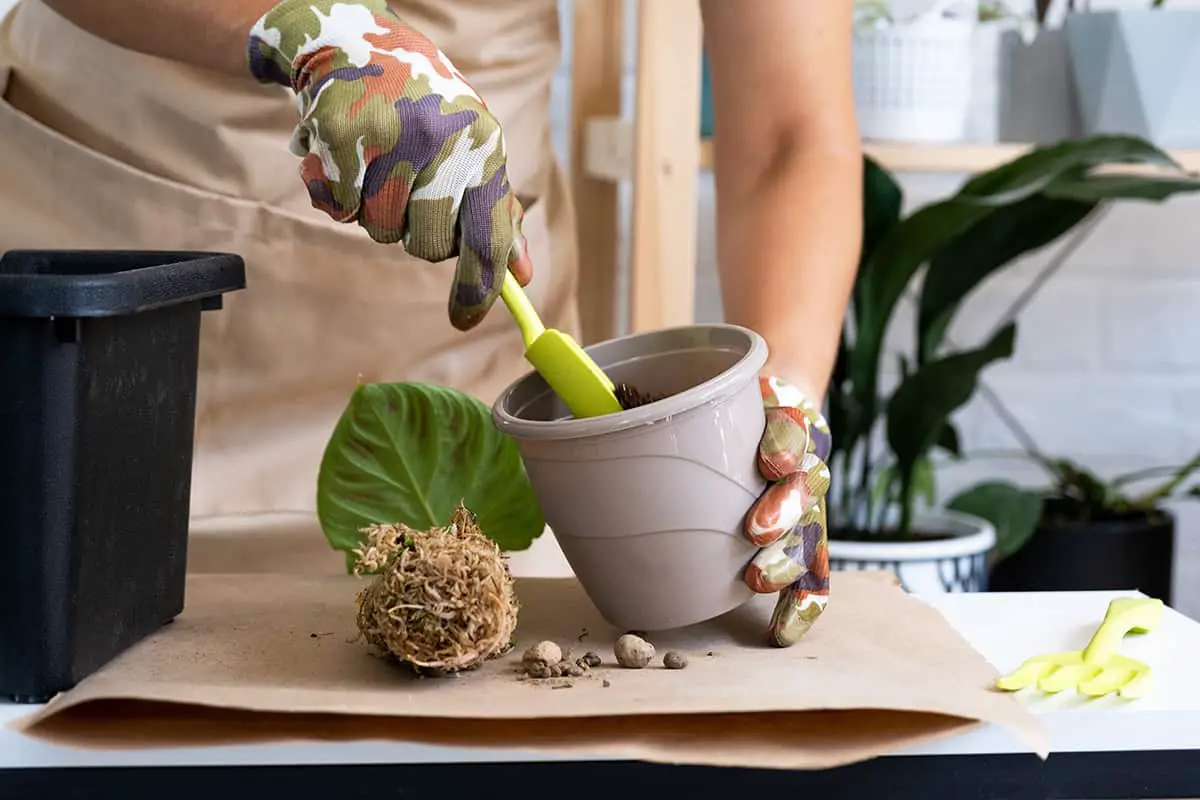
When you grow Philodendron verrucosum, potting plays a crucial role in its health. Choose a pot with adequate drainage to prevent waterlogging, which can cause root rot. A container slightly larger than the plant’s root ball is suitable.
Potting mix matters too. This plant thrives in well-drained potting soil, rich in organic matter. You can mix your own using peat, pine bark, and perlite in equal parts. This ensures aeration and moisture retention to support growth.
Repotting is necessary as your Philodendron verrucosum grows. You should repot roughly every two years, or when you see roots growing through the drainage holes. When repotting, be gentle with the roots. Use a new potting mix to provide fresh nutrients and pick a new pot that’s only one size larger than the old one.
Common Problems & Troubleshooting
When caring for Philodendron verrucosum, you may encounter a few challenges. Identifying these early can help maintain a healthy plant.
Translucent spots on your plant’s leaves could be a sign of disease. These spots often have reddish-brown centers with yellow halos and can become tan and irregular in shape. To manage this issue, ensure you buy disease-free plants and avoid overhead watering.
Yellow leaves may suggest overwatering. Allow the top inch of soil to dry out before watering again. For Philodendron verrucosum, consistent moisture without waterlogging is key.
Brown leaf tips or edges often indicate low humidity. Philodendron verrucosum thrives in higher humidity environments. You can increase humidity by misting the plant or using a humidifier.
Pests like aphids or mealybugs sometimes attack philodendrons. If you find pests, isolate your plant from others to prevent spread. Treat infestations with insecticidal soap or neem oil.
